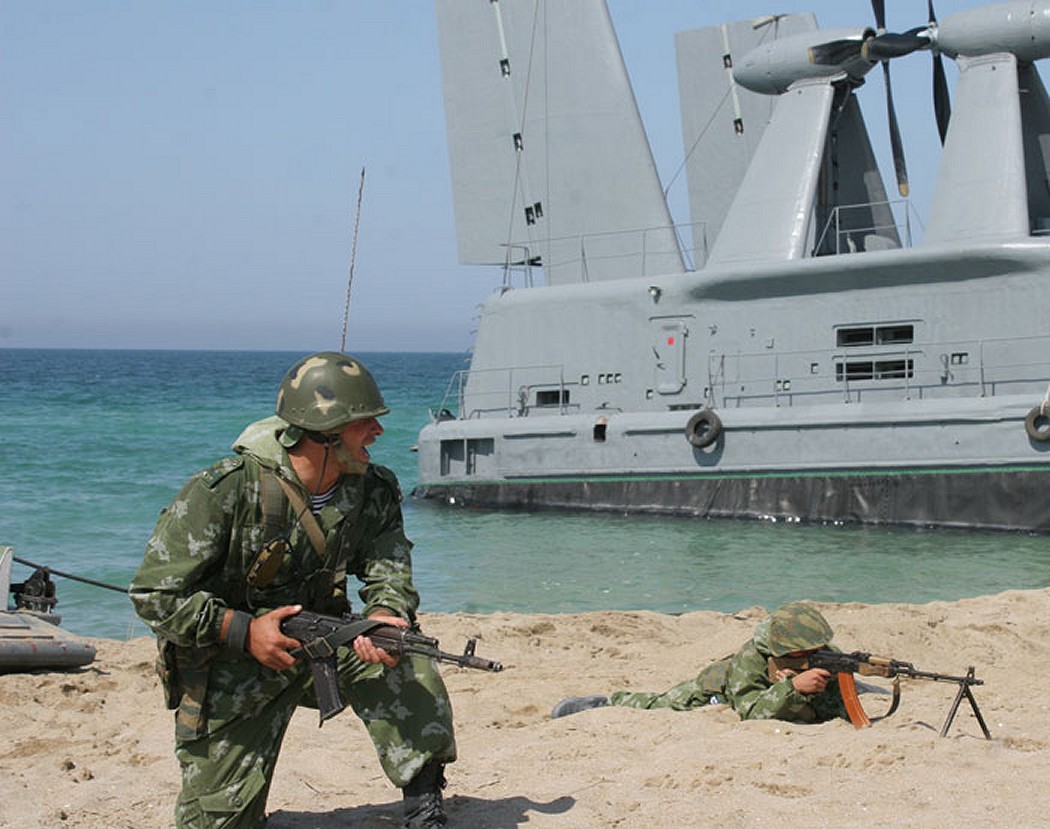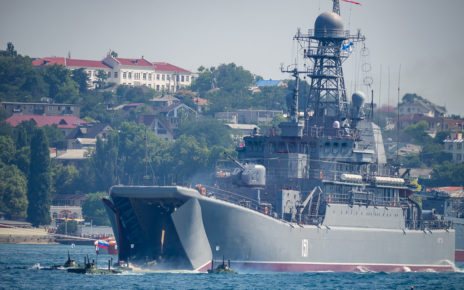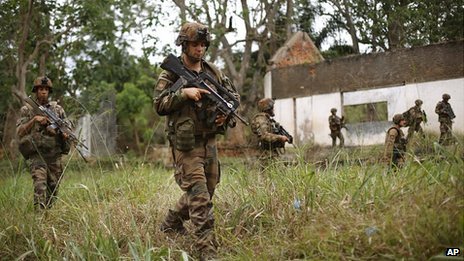Over the past year tensions have escalated between Russia and NATO over Ukraine and Eastern Europe. As a result NATO has found itself struggling to cope with a threat long believed to have died with the Soviet Union: Russian military power. However, to Canada, it is Russia’s navy that is the greatest threat, and so, it is important to examine Russia’s resurgent navy.
This is not to say that Russia is aggressive to Canada or has any intention of initiating conflict, but Russia is a country with geo-political interests that are different from Canada’s, and which, when pursued sometimes threaten the security of NATO allies. While the focus over the past year has been on Eastern Europe and the ability of Russia’s land forces to operate in Ukraine and other Eastern European countries, it is also important to look at Russia’s naval capabilities, especially in the Arctic.

Russia’s land forces are primarily a threat to European countries, but Russia’s naval capabilities are a greater threat to Canada and the United States, which are surrounded by ocean. To remain secure, the United States must retain control of these oceans. If another power can operate freely in these ocean waters, then America and Canada are vulnerable in the worst case scenario of a direct military attack. Historically, this was a concern during the Cold War, but dissipated as relations warmed between Russia and NATO, but is now rising again.
During the Cold War, Russia had a powerful nuclear submarine fleet capable of operating in the Arctic. Russia has typically retained a greater ability to operate in these waters than other seas it has access to, because the Arctic Ocean is the only ocean where entry is unimpeded by NATO allies. However, in the decade following the Cold War most of this fleet went out of commission.
This is now changing. Currently Russia has ten operational nuclear submarines. These submarines are each capable of carrying and launching nuclear weapons. This includes two Delta III submarines, six Delta IV submarines, and one Typhoon class submarine. In addition to these, Russia plans to have ten Borey class submarines, of which one has recently entered service and two are under construction. Russia is also building eight Yasen-class attack submarines of which one recently came into service.
The Borey and Yasen class nuclear submarines are significant upgrades over their predecessors. The Borey submarine hosts a more advanced nuclear reactor which makes it capable of diving to a depth of 480 meters and it produces much less noise than previous generations of submarines, making it difficult to detect. It is also equipped with a new missile system, which can hold 16 to 20 intercontinental ballistic missiles and is capable of overcoming missile defence systems.
The Yasen class submarine differs from the Borey in that it is an attack submarine for use in anti-submarine warfare. Thus, its main purpose is to watch, and if necessary, destroy larger submarines carrying intercontinental ballistic missiles. The Severodvinsk, the only Yasen class submarine in service, can dive to depths of 600 meters, carries up to 24 cruise missiles, which include long range nuclear-capable missiles and anti-ship cruise missiles, as well as self-guided torpedoes and mines.
These new nuclear powered ships vastly expand Russia’s Arctic capabilities through providing state of the art technology and expanding the size of Russia’s nuclear fleet. These can remain submerged for months at a time, a capability that allows them to operate below permanent ice, opening up much of the Arctic to them. They are also capable of threatening North America with intercontinental ballistic missiles, and conducting submarine warfare. In addition, these submarine forces are only deployed in the Arctic and Pacific Oceans, providing Russia with a concentration of its forces near North America, which presents a military threat to Canada and the United States.

Moreover, unlike the American and Canadian navies, the Northern Fleet’s surface vessels are able to navigate through Arctic waters. Russia has the world’s only nuclear powered icebreakers, with five currently in service and one being constructed. These icebreakers can clear a path through floating sea ice for the Northern Fleet, allowing Russia’s fleet to operate freely in Arctic waters. Russia plans to add forty ships to its already sizeable fleet by 2020. The fleet currently consists of one aircraft carrier, two heavy missile cruisers and one medium missile cruiser, seven destroyers as well as a large contingent of smaller ships, the construction of a destroyer, frigates and 28 smaller vessels.
This makes up a powerful fleet. The aircraft carrier provides the fleet with air power, while the missile cruisers, destroyers, and frigates all provide defences against aircraft, submarines and surface ships as well as supporting roles for communications and reconnaissance. While the Northern Fleet may not boast the capabilities of the American navy, it provides Russia with the ability to dominate and control the Arctic Ocean as the American surface fleet is currently unable to operate in Arctic waters.
This means that the largest security threat that Canada and the United States face from Russia is in the Arctic, which the American navy can only access with its submarine fleet. While it is unlikely that the Russian Navy will ever be used against Canada or the United States, it provides Russia with the ability to directly threaten Canadian and American security, a major concern for the Canadian and American militaries.




